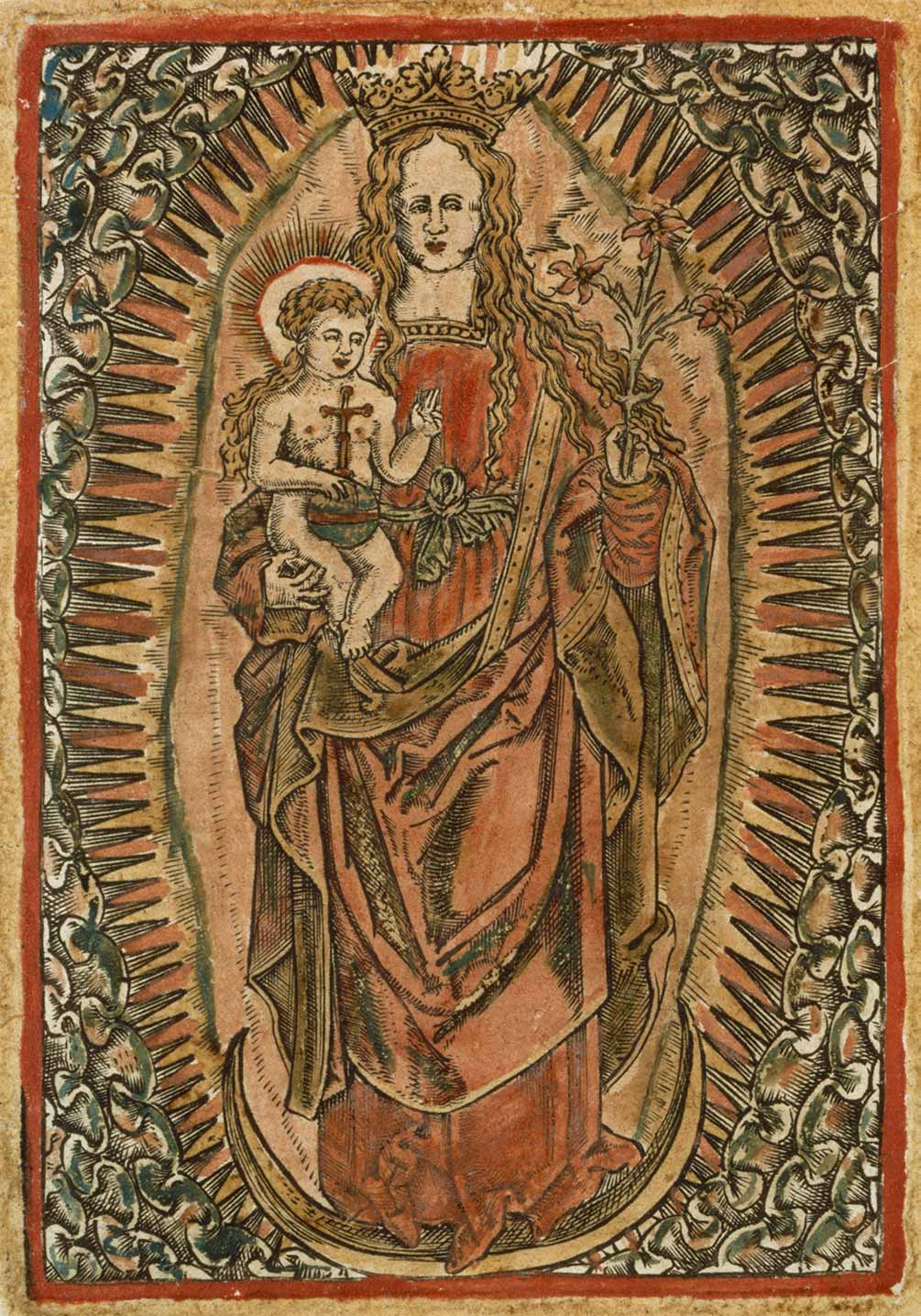STARTS
2011-06-08 00:00:00
Ends
2011-10-16 23:59:59
Location
Religious Subjects
Religious Subjects: A Variety of Approaches
This selection of drawings and prints exemplifies the extraordinary range of stylistic, technical and interpretive choices made in the depiction of religious subject matter by Renaissance, Baroque and Rococo artists.
The earliest prints were woodcuts, the result of a technique in which the inked, raised areas of the carved surface of a wood block determine the image. Woodcuts served many purposes, the most common of which was book illustration. In this installation, Dürer’s Whore of Babylon, published as an illustration for his version of The Apocalypse, is a testament to his preeminence among woodcut artists.
By mid-16th century, relief printing had been nearly superseded by intaglio techniques, characterized by images created by lines that are incised (engraving), scratched (drypoint) or bitten with acid (etching) into the surface of a metal plate. With intaglio, a range of tones was possible to convey mood and expression as varied as the sunny mid-day atmosphere of Annibale Carracci’s Holy Family, and the dark drama of Rembrandt’s Christ Healing the Sick.
The drawings on exhibit here make use of a wide variety of media, including ink, wash, charcoal, watercolor and gouache. Some artists, such as Rembrandt and his follower Philip de Koninck, created subtle, expressive images using only ink and wash with great immediacy and economy of line. In contrast, the Italians Bassetti and Magnasco employed a richer technique, exploiting the use of white gouache, highlights, watercolor and tinted paper to express the dramatic intensity and movement of the Baroque.
